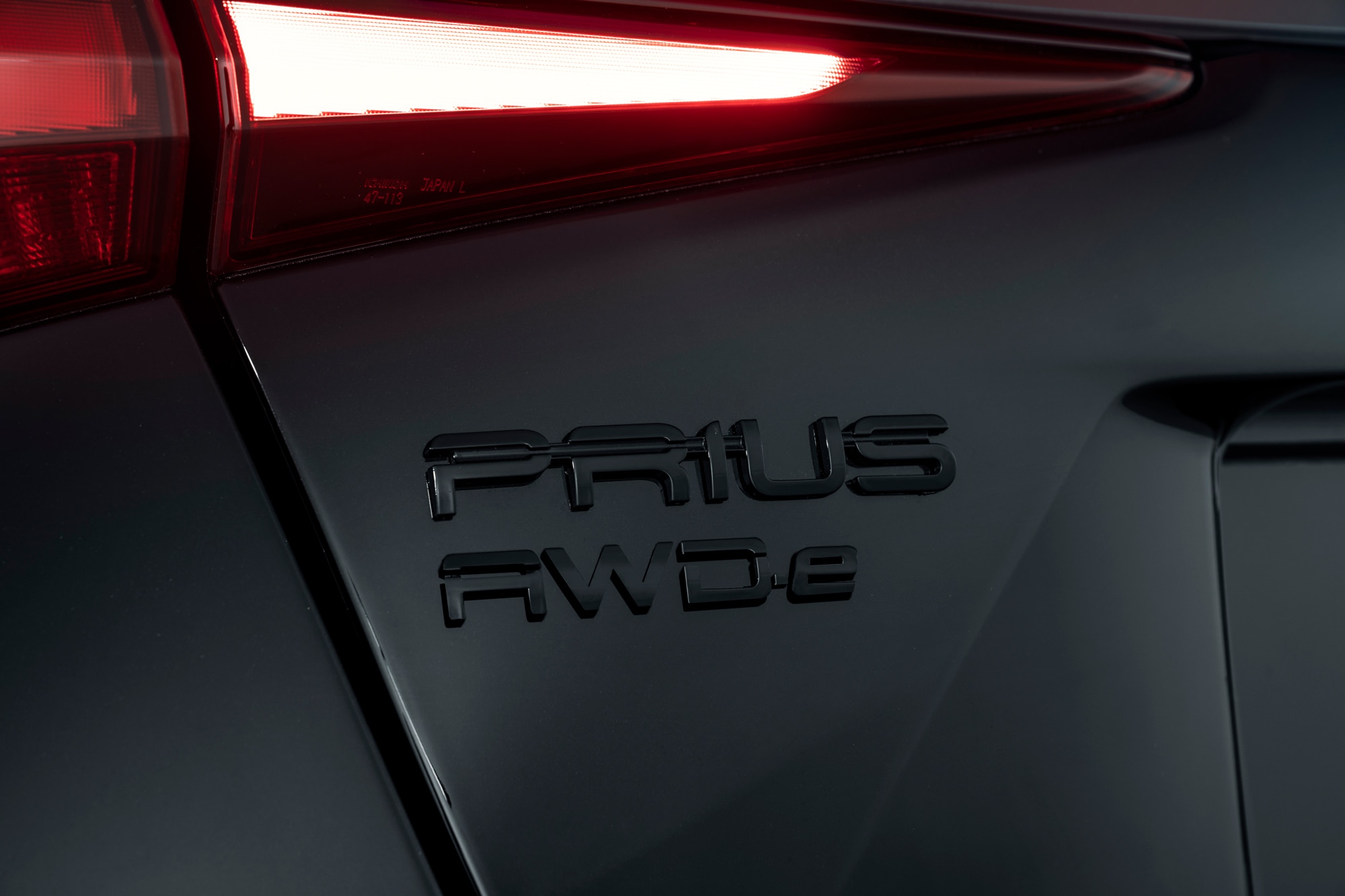Compared: 2022 Toyota Prius vs. 2022 Toyota Prius Prime
In this showdown between nearly identical Toyota compact hybrid hatchbacks, it’s a question of whether you want to plug in or not.
 Toyota
Toyota
Article QuickTakes:
Since the Prius debuted in 1997, it has been the poster child for the hybrid movement, becoming the most successful plug-in hybrid (PHEV) vehicle in history. In addition to the original mild-hybrid, the Prius has been available as a PHEV, called the Prius Prime, since 2011. From a mechanical perspective, the Toyota hybrids have not changed much since 2016, when the second-generation Prius Prime appeared. When choosing between the two, it comes down to whether you want to plug in your Prius.
Prius vs. Prius Prime: Fuel Economy
All 2022 versions of the Prius come fitted with a 1.8L four-cylinder gas engine linked to an electric motor. The combination generates 121 hp and 105 lb.-ft. sent to a continuously variable automatic transmission. You pay a premium for the option to plug in (see below), so you should default to the plug-free model if you won’t do so routinely.
The regular Prius can have either front-wheel drive (FWD) or on-demand all-wheel drive (AWD). The FWD Prius L Eco is the most fuel efficient, rolling in at an EPA estimated 58/53/56 mpg in city/highway/combined driving. The Prius LE AWD-e is slightly quicker in a straight line, but the added weight of the AWD hardware reduces fuel efficiency to 51/47/49 mpg.
Meanwhile, the FWD only Prius Prime has an EPA estimated fuel economy rating of 133 MPGe when operating under battery power only, or 55/53/54 mpg in city/highway/combined driving when operating as a hybrid. This diminished fuel economy can be blamed on the Prime’s heavier battery pack, which allows for up to 25 miles of electric-only driving at speeds of up to 84 mph. When depleted, the battery takes around two hours to replenish fully with a 240 V charger.
 Toyota | Prius
Toyota | Prius
Prius vs. Prius Prime: Price
Here’s where the plug comes into play again.
The base FWD Toyota Prius L Eco starts at around $26,000 with key standard features like a 4.2 inch dual information display and Toyota Safety Sense 2.0. For those who need more traction, the LE AWD-e starts around $29,000. Want more safety, convenience, and technology features? There’s the top-line Prius Limited starting at $34,000.
If you want to plug in your Prius, the Prime starts at about $30,000 in base LE form with more features (like LED headlights) than the Prius L Eco. The range tops out at around $36,000 for the fancier Prime Limited trim.
Considering rising fuel prices, paying an extra $3,600 for the PHEV might seem a bargain: The Prime can cover the average American’s daily commute on electricity alone, and that ability has the potential to slash your monthly fuel bill. In addition, the Prius Prime comes with three years of roadside assistance compared to two for the non-plug-in version.
 Toyota | Prius Prime
Toyota | Prius Prime
Prius vs. Prius Prime: Interior
While the Prius Prime’s exterior cuts a futuristic swath compared to the more mundane Prius, it’s strikingly similar on the inside. For example, both feature seats for five, standard keyless ignition, adaptive cruise control, and Bluetooth connectivity. Both hybrids also have cloth seats, but the Prime’s front seats are heated, and you can get Toyota’s SofTex leatherette in the Limited.
The only significant difference between the two vehicles is interior space. The Prius Prime’s larger battery pack lowers the ground clearance slightly and reduces rear headroom fractionally. The front legroom for the Prius Prime is larger by 0.9 inches, but cargo volume behind the rear seats is significantly down compared to the non-PHEV — 19.8 cu.-ft. versus 27.4 cu.-ft.



